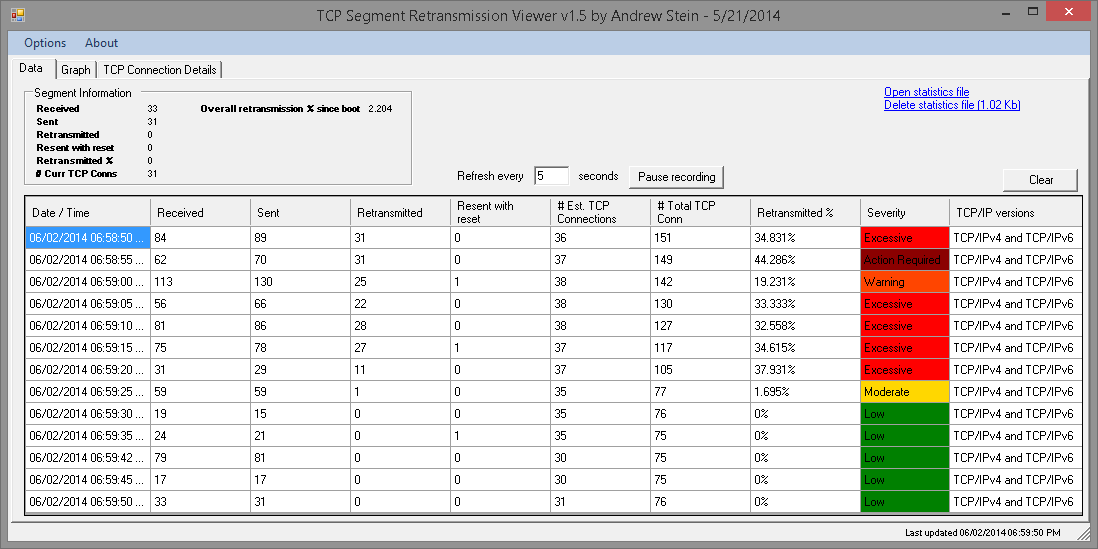

Some firewalls allow selective configuration of UDP or TCP ports with the same number, so it's important to know the type of port you're configuring. If your firewall doesn't allow you to specify the type of port, configuring one type of port probably configures the other. I found that for a lightweight client or client/server application using a simplistic, lightweight log viewer like log2console with NLogViewer target filled with additional parameters fields made it both easy to use/setup and customize, while being readable and easy to find the info I looked for. When you find a product in this list, search (Command-F) in your browser for that name, then repeat your search (Command-G) to locate all occurrences of that product.

For example, a VPN service can use up to four different ports. Some services might use more than one of these ports. Some software might use different ports and services, so it can be helpful to use port-watching software when deciding how to set up firewalls or similar access-control schemes. Advanced TCP/IP Data Logger inputs TCP/IP, UDP, or HTTP data directly into a file, Excel, MS Access, or any Windows application. This guide is updated periodically with information available at the time of publication. For hosts and ports specific to enterprise networks, learn about using Apple products on enterprise networks. This is a quick-reference guide showing common examples, not a comprehensive list of ports.


 0 kommentar(er)
0 kommentar(er)
